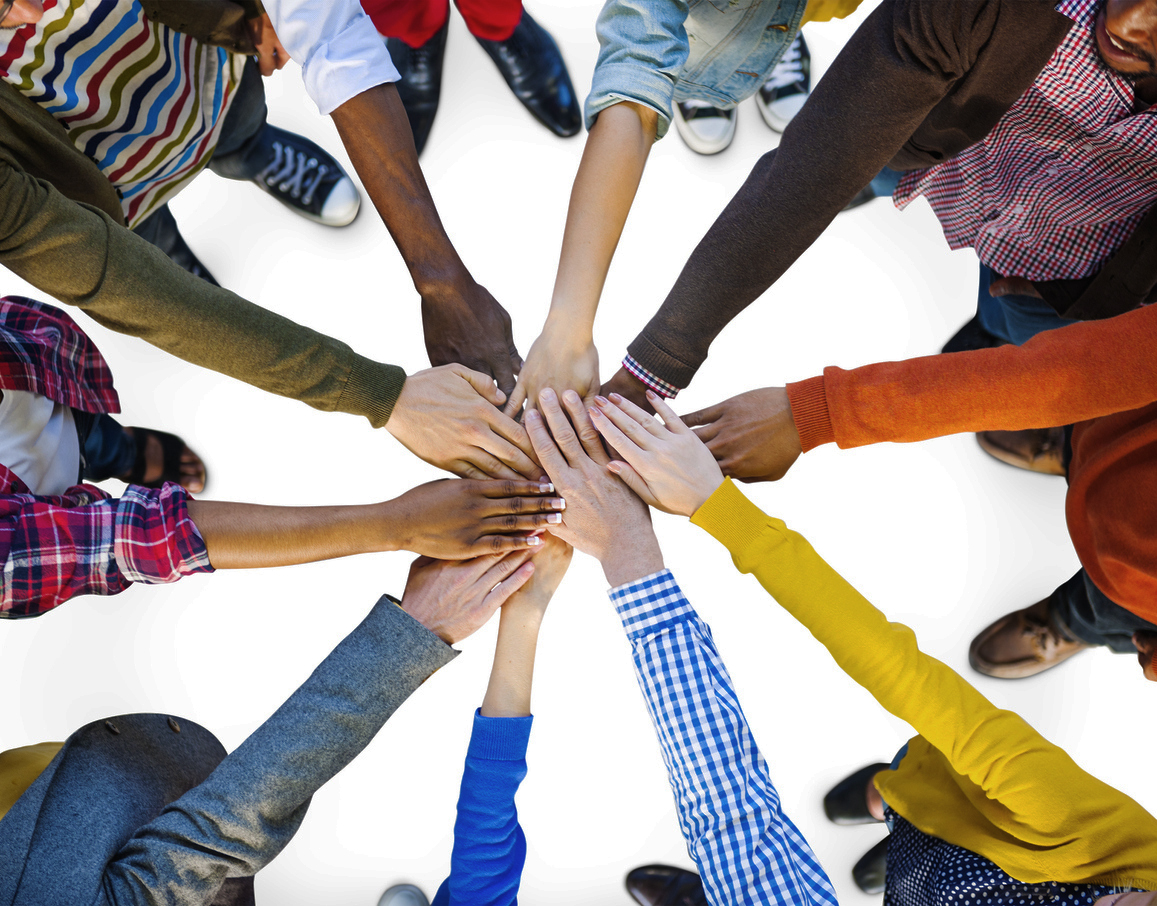Brain Science and Trauma-Informed Approaches
The Promise of 988: Accelerating Community Response to Suicide Crisis
The new lifeline may already be helping save lives
On July 16, the U.S. transitioned to 988, an easy-to-remember number that routes callers to the National Suicide Prevention Lifeline, now known as the 988 Suicide and Crisis Lifeline or 988 Lifeline. Similar to the 911 emergency system that connects callers with nearby first-responders, the 988 Lifeline is a 24/7 national network of local crisis centers that provides free and confidential emotional support to people in suicidal crisis or emotional distress. Individuals can call or text the hotline, which has increased access to trained support. Previously, callers dialed a 10-digit toll-free number, not as easily remembered and potentially without connection to local support or as many trained counselors.
Mental health and health care providers are particularly glad for the rollout since they will be able to respond to many crises before there is escalation or delays in referrals from 911 responders who may not be trained in mental health crisis intervention. On average, police spend 20% of their time responding to and transporting people who are having mental health crises and it is anticipated that 988 can help reduce violent interactions with the police, including fatal shootings of people in crisis. It is hoped that 988 will also be part of the solution to end the constant cycle of ER visits, arrests, imprisonment, and homelessness among mentally ill people.
The $432 million initial funding for the long-sought system transition came from the Biden-Harris Administration and the U.S. Congress and with collaboration of other federal, state/territory, and local governments across the country. An additional $150 million has been allocated for the 988 Lifeline under the Bipartisan Safer Communities Act signed this summer.
Promising Data Indicate Impact
Suicide is one of the country’s leading causes of death; nearly 46,000 people died by suicide in 2020, or one death every 11 minutes. An estimated 12.2 million Americans had seriously thought about suicide in 2020; 3.2 million Americans planned a suicide attempt and 1.2 million Americans attempted suicide.
But there are positive indications of 988’s goal to catalyze connection into action. At the end of August, the first full month of operation, the 988 Lifeline is potentially already saving lives. New data released from the U.S. Department of Health and Human Services show a 45% increase in overall call volume with 988 and a substantial improvement in answer rates and wait times, compared to August 2021 with the previous lifeline system.
This new system expedites the connection between those struggling with mental health crises and properly trained counselors who will ideally be located close to the caller, meaning communities can better leverage localized resources. In instances where the local center is too busy to pick up, callers will be transferred to a different center, so they will still be able to receive prompt support.
The Road to Transformation
Transformation of this scale is never easy. It will take time and more resources for the 988 Lifeline system to reach its full potential. A recent survey of 180 public health officials in the U.S. by the Rand Corporation found that 51% of respondents said they were not involved in developing a strategic plan for 988. And only 16% said they had created a budget to support 988 operations.
As community-based organizations and health care and mental health systems know all too well with the ongoing COVID-19 pandemic, improving prevention and response crisis care in the U.S. is especially needed after rising rates of depression and anxiety, particularly among youth and young adults. Because of increased demand, there is a need for stronger support through digital tools, as in-person care is not always readily possible in infection hot spots and there may be a waiting period for in-person counseling.
The Lifeline system is only one part of an effective community response: Other cross-system initiatives like mobile crisis teams, crisis stabilization programs, and expanded access to behavioral health services—especially for communities of color, LGBTQ individuals, and other marginalized groups—are just a few of the other community-designed elements that will reduce suicide rates. Building out the broader crisis care continuum is also dependent on the commitment of future elected officials and other cross-sector leaders to ensure the safety and well-being of all U.S. residents, ensuring that there is someone to call, someone to respond to, and somewhere for every American in crisis to go.
Suicide Prevention Month and 988 Resources
Related Learning and Resources from Social Current
- Screening for Social Need and the Social Determinants of Health: Health Access for Special Populations (on-demand webinar)
- Building Capacity to Meet the Demand for Human Services through Partnerships with Health Care (on-demand webinar)
- Building Capacity for Workforce Resilience (consultation)
- Designing a 21st Century Social Sector Workforce (Social Current Hub: Resource Collection)
- Engagement and Neighborhood Building (Social Current Hub: Resource Collection)
- Tackling the Silent Epidemic of Childhood Grief (on-demand webinar)
- Working with Lesbian Gay Bisexual Transgender Queer Youth and Young Adults (on-demand e-course)
If you or someone you know is struggling or in crisis, help is available. Call or text 988 or chat at 988lifeline.org. During this major system transition, the previous Lifeline phone number (1-800-273-8255) will remain available to people in emotional distress or suicidal crisis; the Veterans Crisis Line previous phone number (1-800-273-8255), text (838255), and chat (VeteransCrisisLine.net/Chat) likewise remain active.


